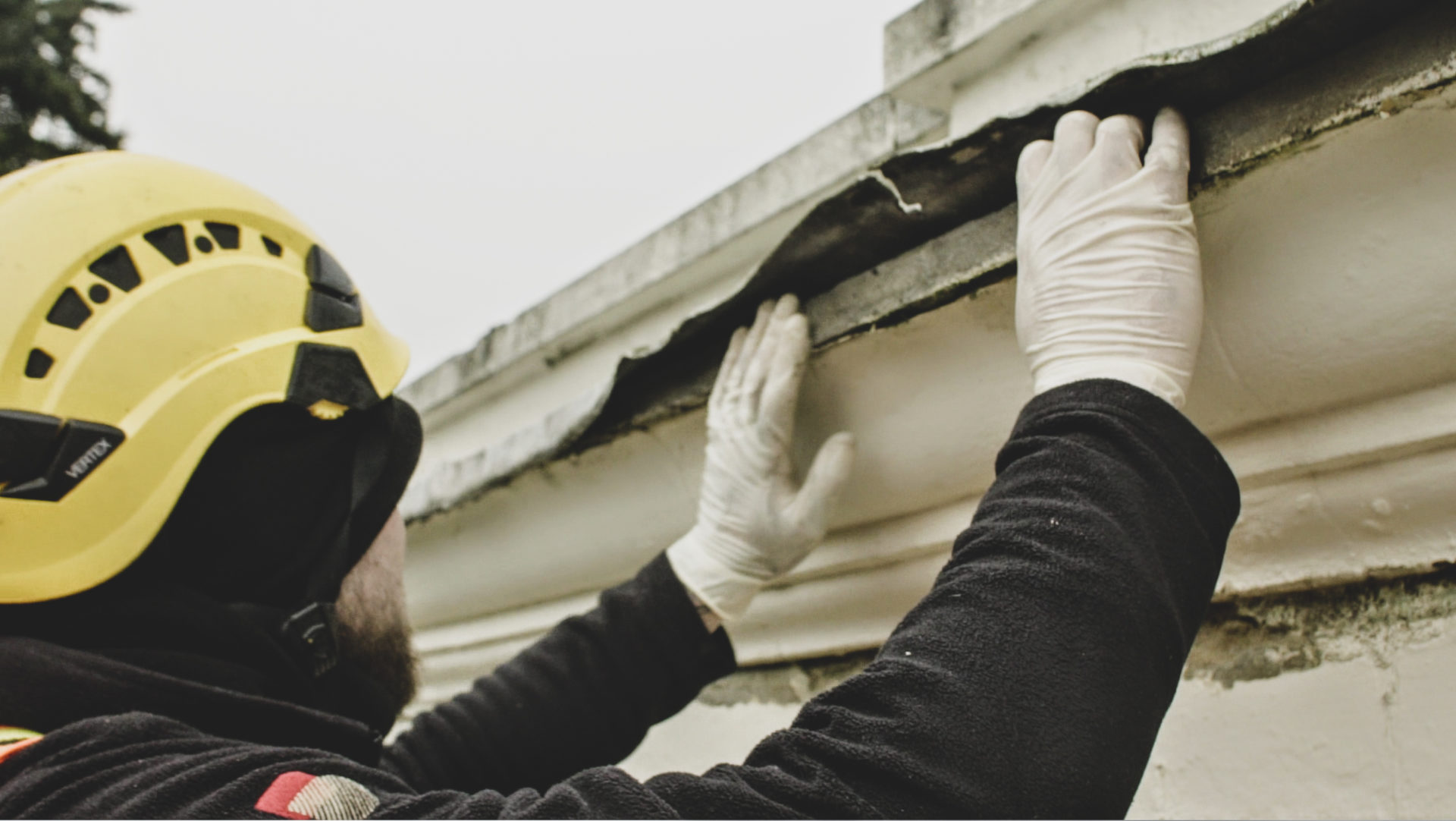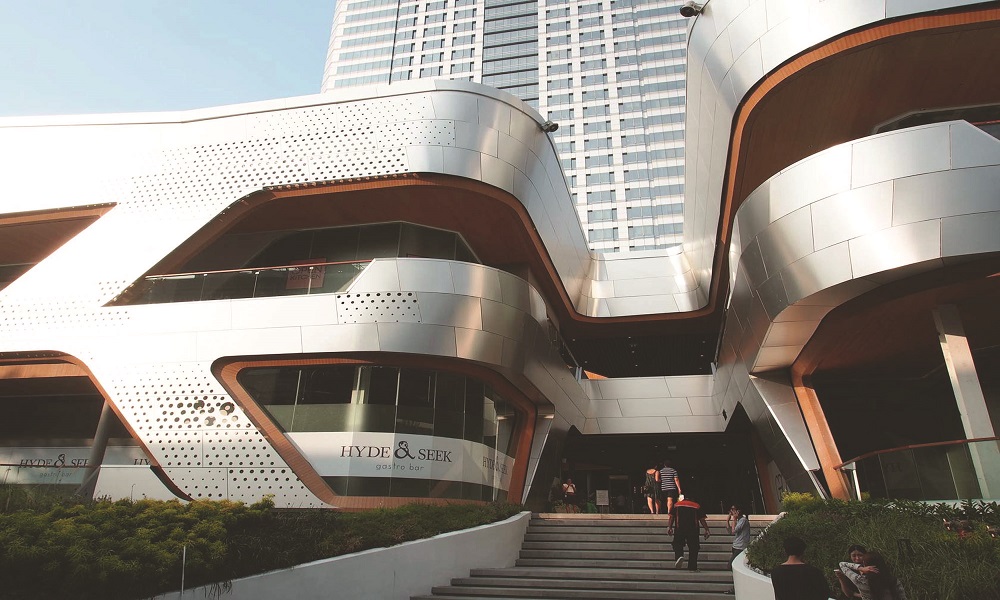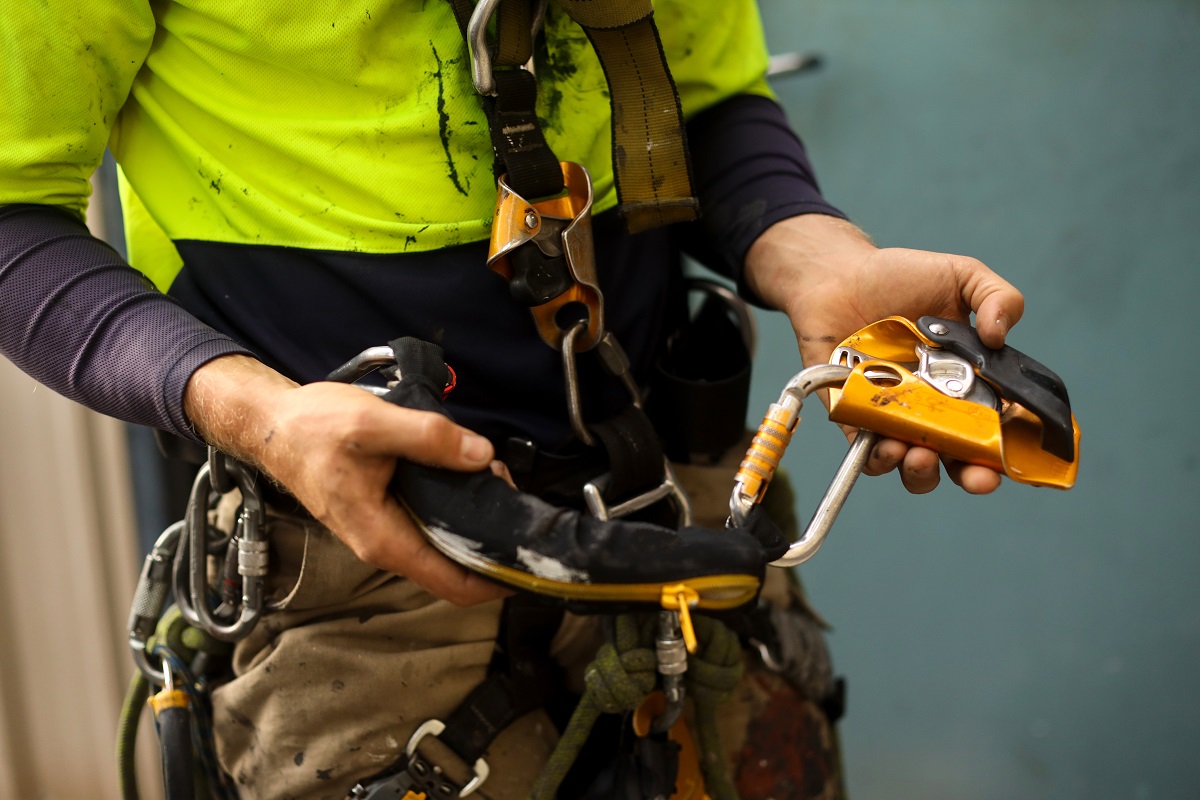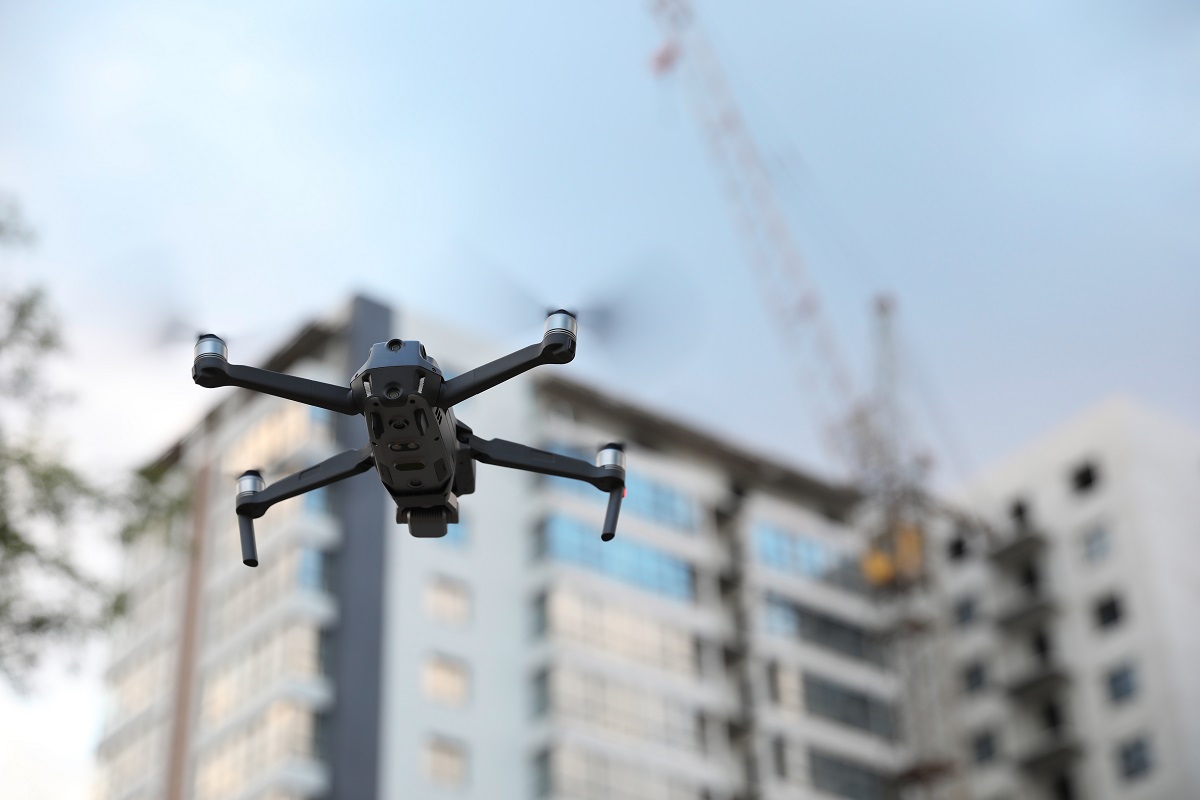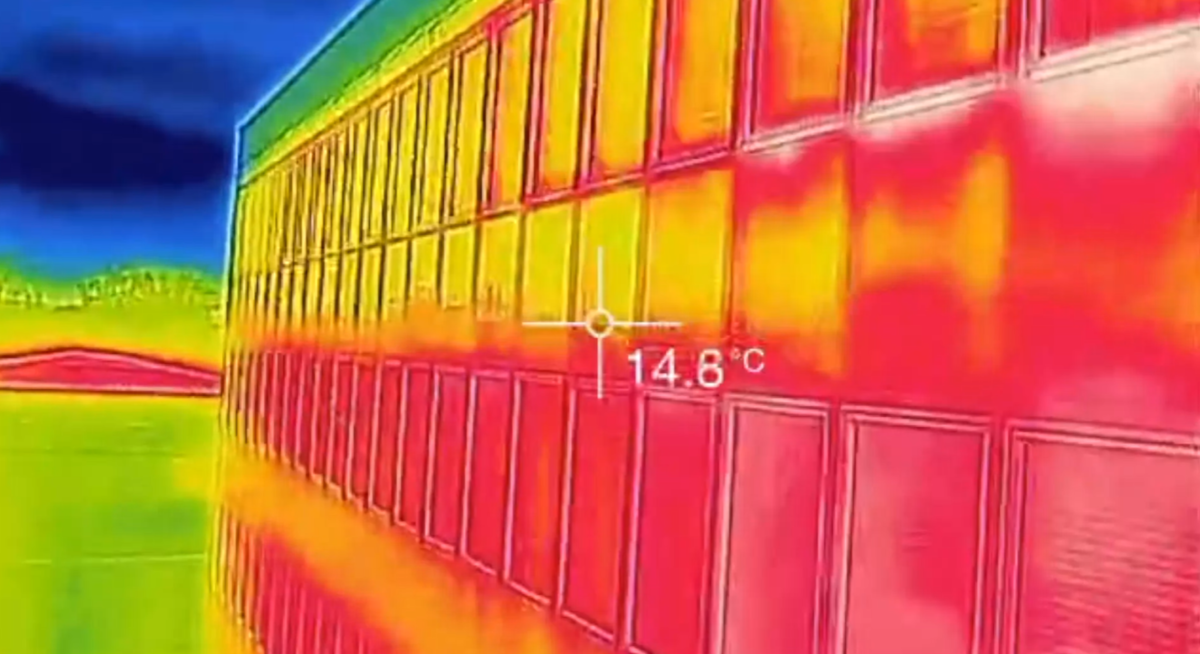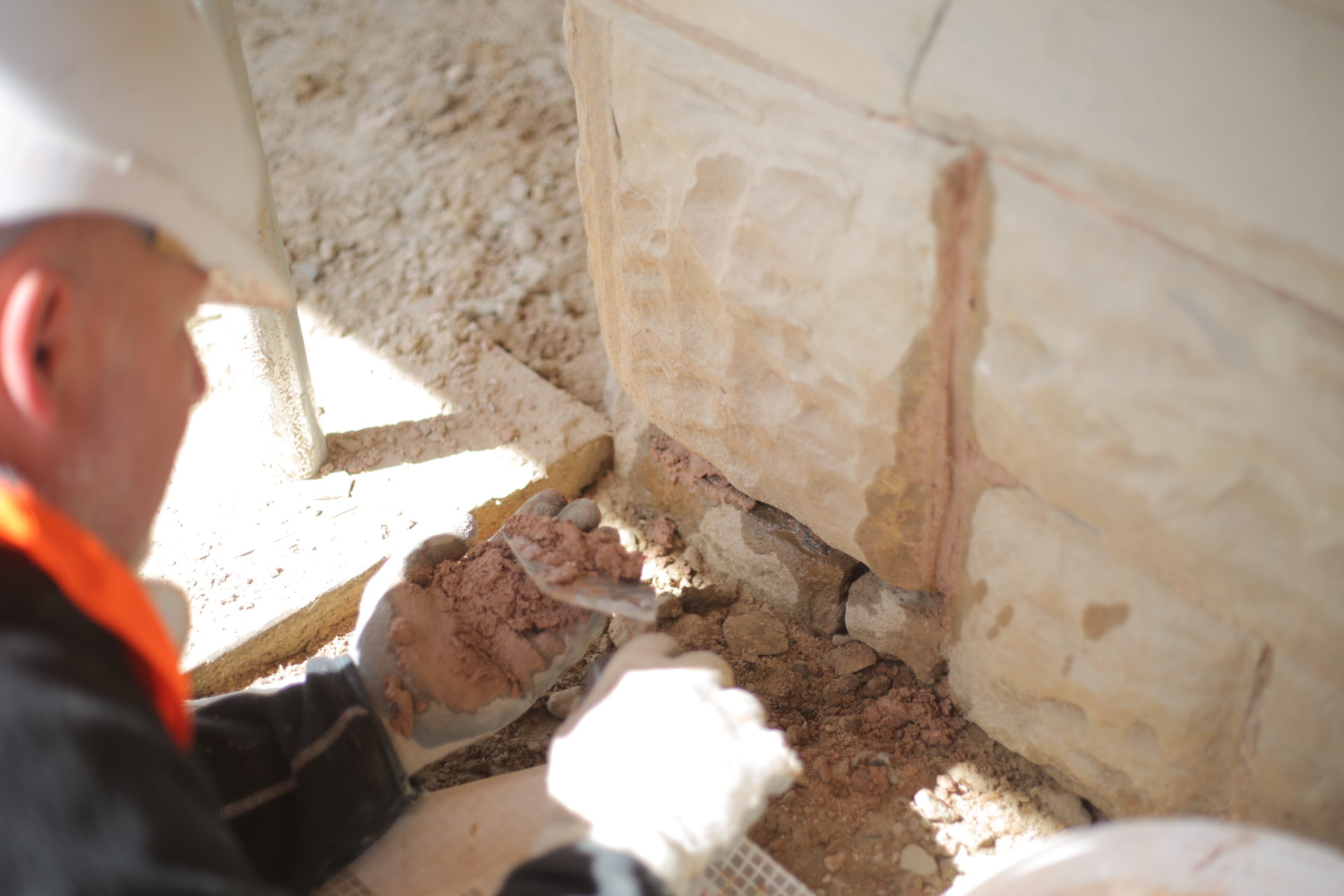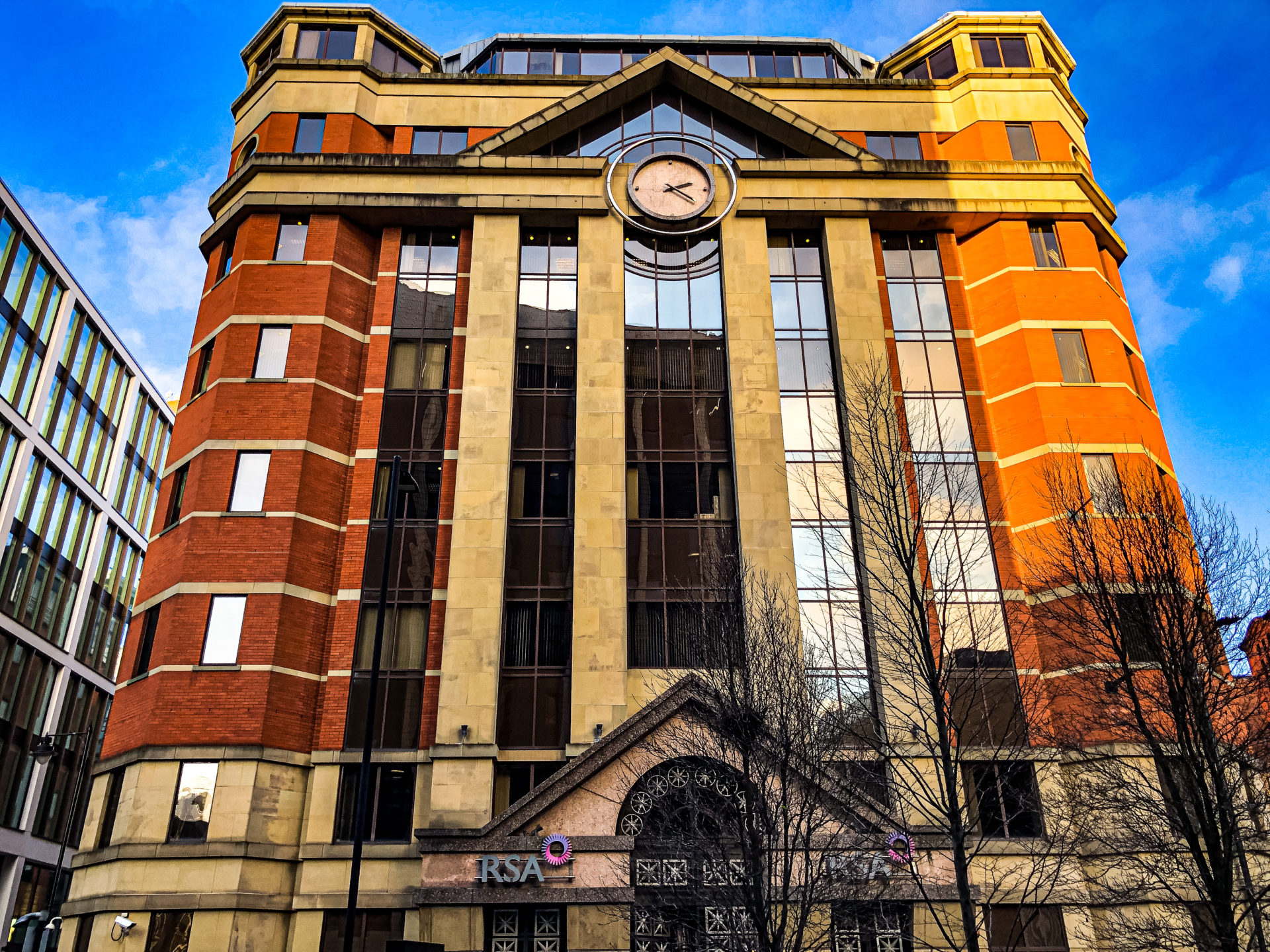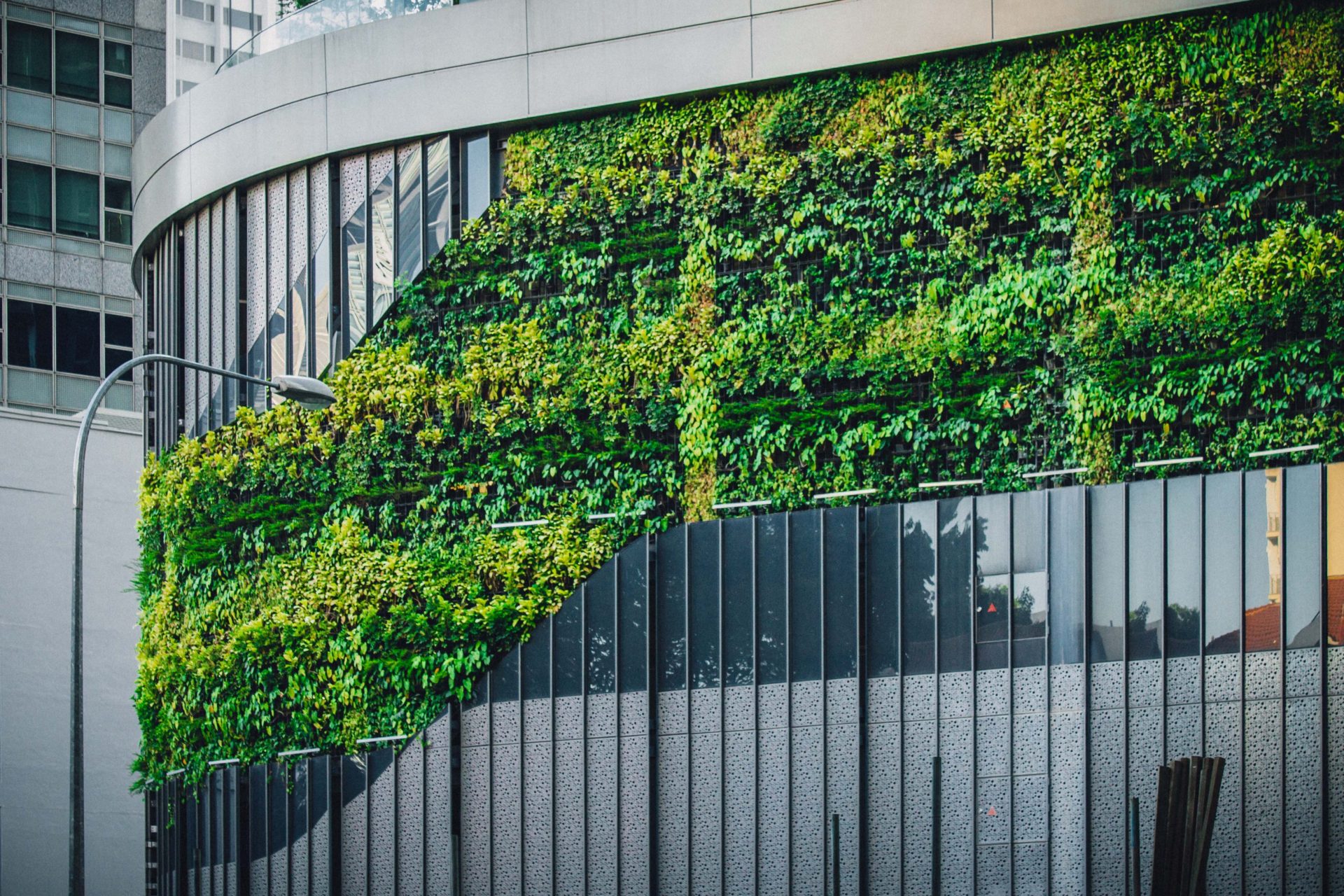Smart implementation of sustainable building design integrated with planned maintenance systems helps mitigate the overall structural risks to commercial buildings. However, regardless of how superior the design and maintenance planning may be, commercial buildings remain susceptible to various environmental factors throughout the year, especially during winters.
The fabric of the building endures regular wear and tear due to exposure to natural elements such as sunlight, rainfall and strong winds. These elements are primary contributors to the degradation of structural integrity, becoming a major headache for building management.
As the winter approaches, here are the top three things to consider and protect your building asset.
Inspection of Roof
Despite major advances in roof materials and construction methods, commercial roofs require regular inspection/maintenance to ensure they are ready for adverse weather conditions. Compared to other parts of the building, the roof receives the highest level of exposure to various environmental elements. Because of sustained exposure, it is highly advisable to conduct regular roof inspection even if there are no visual signs of wear and tear.
Poor building maintenance or substandard use of building materials are primary contributors to issues such as a leaking roof. Slates and tiles which are cracked or buckling are indicative of incorrect installation and require immediate investigation. Vent pipes, missing slates/tiles, damaged flashing, open seams, water ponding, blistering/cracking, broken glass and other debris (which could damage the roof membrane) are all important indicators to consider while conducting a roof inspection. Electronic tests can be carried out on a flat roof to detect potential defects in the membrane and allow sufficient time for repairs.
Pitch roofs and metal roofs should also be inspected to ensure they are performing as per the required standards. Rooflights on metal roofs should be checked as they become vulnerable to leaks upon failure of butyl sheets. Soffits and facias should also be cleaned and painted to prevent water ingress.
Roofing underlays such as breather membranes act as a means of defence against small amounts of moisture. However, accumulated rainwater can penetrate through the moisture defence and cause rotting and tearing of the underlay. Pooling water will also affect the overlaps and seams, deteriorating the overall condition of the roof. The problem is further compounded if ice damming occurs, preventing pooled water from escaping altogether.
Strong winds can cause damage/loosening to flashings. Targeted repairs are necessary for such instances to avoid escalation of further damage. Another issue that requires a closer inspection is moss build up on the roof. Once the size of the moss becomes bigger, it can damage the tiles by burrowing under or loosening them. If moss remains untreated, the scale of repairs are amplified and removing them becomes much more costly.
Gutter and Drainage maintenance
Proper gutter maintenance is essential for protection against water ingress in commercial buildings. A well-maintained gutter system is instrumental in gathering and redirecting rainwater which would otherwise damage the internal fabric of the building.
The biggest concern with gutters is the occurrence of blockages. To ensure the gutter system is working efficiently, a maintenance checklist has to be followed which will not only help improve the energy efficiency of the building but its general appearance as well.
Commercial gutters are generally located around the perimeter edge of the roof. They are also located in the valleys between the roofing sheets. Depending on the size of the commercial building, there may be multiple valleys present. The most basic checks are the removal of impediments such as leaves, branches and debris. Other items include inspection of leaks/rust at all joints and checking for misaligned gutters (unusual angles and bends). Misaligned gutters affect the water flow and may result in ponding or overflow of water depending on the slope of the gutter.
Commercial gutters built from certain elements react unfavourably with others. For example, if the gutters are made from aluminium, it is important to keep away certain materials from the roof especially copper as the two metals react and cause deterioration.
Preparing commercial gutters before winters approach is essential. Otherwise, the build-up of debris may lead to blockages and gutter overflow. The extra weight placed on the gutter may cause considerable damage to the structural integrity of the building. This includes bending, cracking and splitting at the joints. The consequence may be potentially severe with gutter coming away from the building and causing bigger leaks.
Leak Detection
Leaks are a problem that is often overlooked and postponed until water ingress starts to spread and begins to affect the internal aspects of your building such as rafter or woodwork on the roof. Water ingress in the building can result in expensive repair bills, damage to the fabric, fixtures and in some instances resulting in structural failure as well.
Even though leaks are visually elusive, there are some obvious signs building managers have to be aware of. The most common sign is dripping water due to a leaking roof and patches on the ceiling. The indications are minor in the beginning but escalate quickly until the paint begins to peel and bubble. The result is a sagging roof and structural damage.
Musty smells are another clear sign of a leak. The smells are indicative of mould and may cause respiratory distress/illness. This is a major health and safety hazard especially if the building is heavily occupied such as a hotel, shopping centre and school buildings. Overhanging trees also contribute towards the formation of damp patches which can penetrate through the roof membrane.
Since water ingress spreads at a rapid pace, special checks should be conducted in certain areas such as waterproofing seals and edges on the roof. Rainwater outlets are one of the most vital parts of the roof envelope and their performance and integrity should be checked as part of pre-planned maintenance or leak investigations.
Prevention is better than cure and identifying potential ingress points before the onset of winter will drastically reduce the potential of damage. Once water ingress occurs, tracing the source of the leak becomes a time consuming and cumbersome process which requires methodical precision. Roof surveys, leak testing, roofing repairs and planned maintenance helps building management identify and implement correct leak detection solutions.
Helping your commercial buildings be winter-ready
A regular building inspection and maintenance programme will provide you with the necessary confidence that your building is sound and doesn’t require reactive, costly fixes in the future. At Building Transformation, we offer a full survey, repair, refurbishment, maintenance and protection solution for your roof and façade.
Whether you require a condition survey for general roof or façade maintenance, our team of engineers can provide you with a detailed picture of your building’s issues, risks and health. We bring a completely seamless and transparent approach to help future proof the fabric of each building – standing for something different, refreshing and unique.
Contact us today to arrange a consultation with one of our experts.


